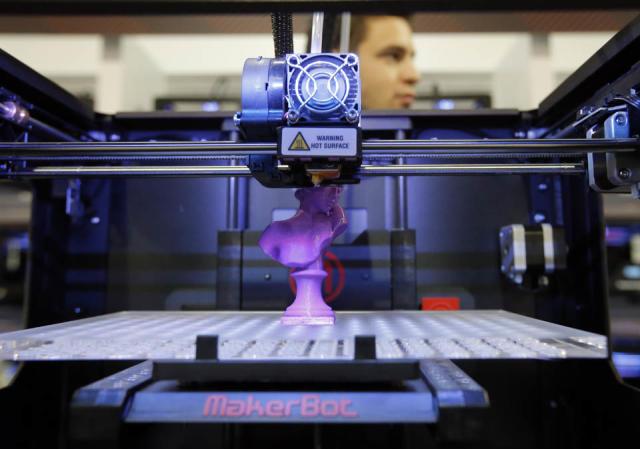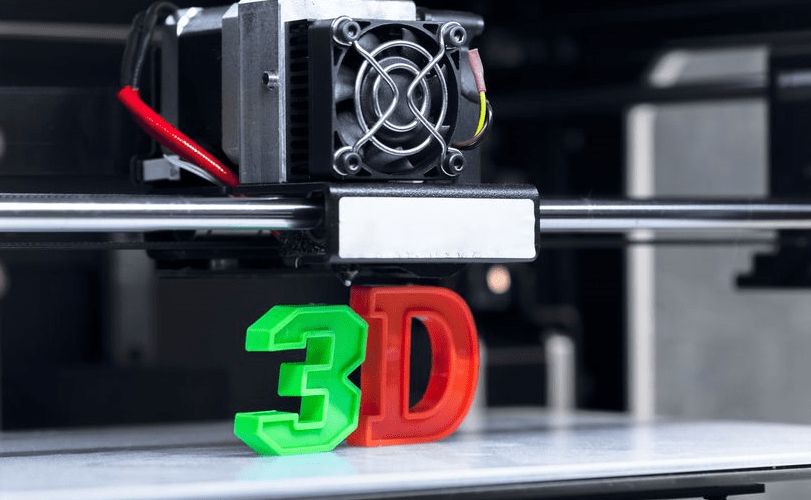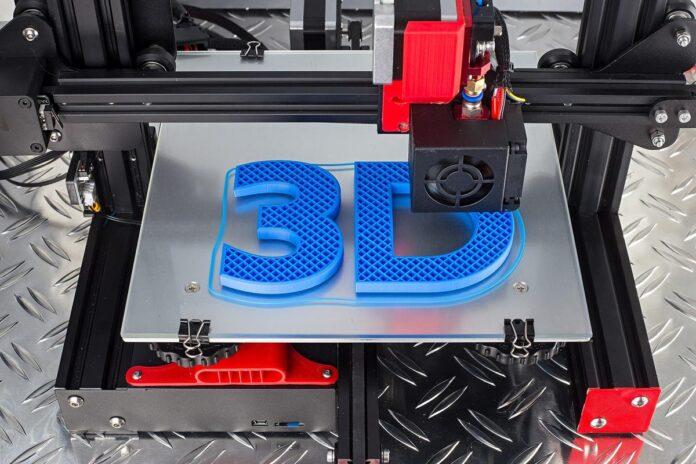Did you know 3D printing was a mere idea in 1980? Charles Hull, an American engineer, introduced it in 1986.
He created a stereolithography (SLA) prototype. He used photopolymers to transform liquids into solids using ultraviolet light. Patented by him was the SLA Printer.
SLS (Selective Laser Sintering) and Fused Deposition Modelling, or FDM (Fused Deposition Modelling), are the two most popular 3D-printing models. SLS prints 3D products using powder grains, while FDM uses heat to layer 3D model. These two printing methods laid the foundation for 3D printing.

3D filaments manufacturer has transformed 3D printing. 3D printing (also known as additive manufacturing) always begins with a digital design, since the technology used is digital by nature. The electronic files used to produce the parts or products are created using computer-aided designing (CAD) software, or they can be retrieved from a digital repository. The design is split into layers and slices by a software called slicing. This software converts the model into layers and creates instructions for the 3D Printer to follow.
For a better understanding of 3D printing, it can be divided into four stages: modelling, slicing and printing, as well as post-processing.
Modelling
This stage involves creating a 3D design from scratch or downloading one from a 3D database. A variety of 3D filament suppliers offer different colors for 3D models. There are many 3D software tools available, from open-source to industrial grade. It is necessary to create a digital version of a 3D model before printing it.
We can use modelling to turn the product or component we want printed into a 3D digital model. 3D modelling (such as CAD) software allows us to create 3D objects.
Beginners in 3D printing can start with Tinker cad, which is free and works on the browser, and need not be installed on a computer.
Slicing
Slicing is the process of preparing a printable 3D file. Slicing software allows a 3D design to be broken down into hundreds of thousands of layers.
By slicing, the 3D printer is able to calculate the route of the model and the amount needed for the print. Software for slicing can create not only customised configurations, but also precise support structures.
Printing

After our printable file is cut, it is ready to be printed on a 3D printer. The sliced files can then be uploaded to the printer and calibrated. The extruders as well as the printing base need to be calibrated in order to ensure accuracy. You can feed the file via USB, SD or Wi-Fi. Now, we can 3D print our sliced file layer by layer.
Post-processing
The final step in 3D printing is post-processing. It includes the following steps:
Remove supportAfter printing the support, the filament is left on the model’s surface.
SandingSandpapers are a great way to make your model more smooth.
ColouringThe model is available in a variety of colours.
PolishingSurfaces can be brightened and covered with other processes or coatings.
Welding / AssemblingIf the product has several parts, they can be first separated and then reassembled into a complete model.
Diverse industries are using 3D printing for a variety of applications.
Some examples of 3D printers in use are:
- Consumer products (eyewear, footwear, design, furniture)
- Products like prototypes, manufacturing tools and industrial products
- Dental products
- Prosthetics
- Architectural scale models & maquettes
- Reconstruction and reconstruction of fossils
- Reproduction of ancient artefacts
- Reconstruction of evidences in forensic pathology
- Movie props
Companies also use 3D printers to design prototypes. This is called rapid prototyping.

3D printing can also be used in rapid manufacturing. 3D printers for small batches and short runs are often used.
3D-printing technology is evolving and will soon transform virtually every industry. #hydnews #khabarlive



